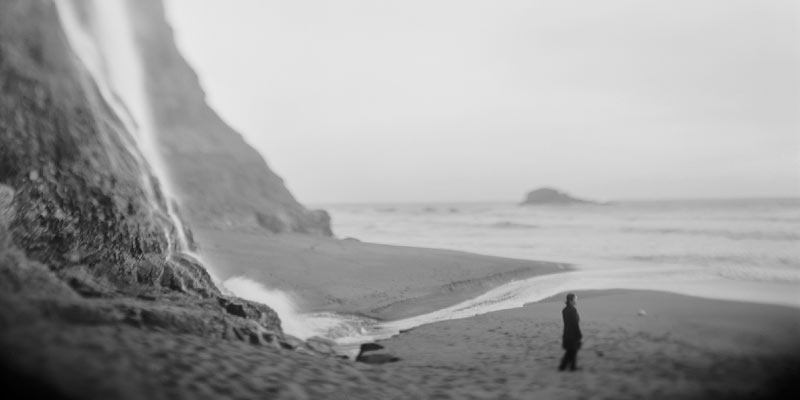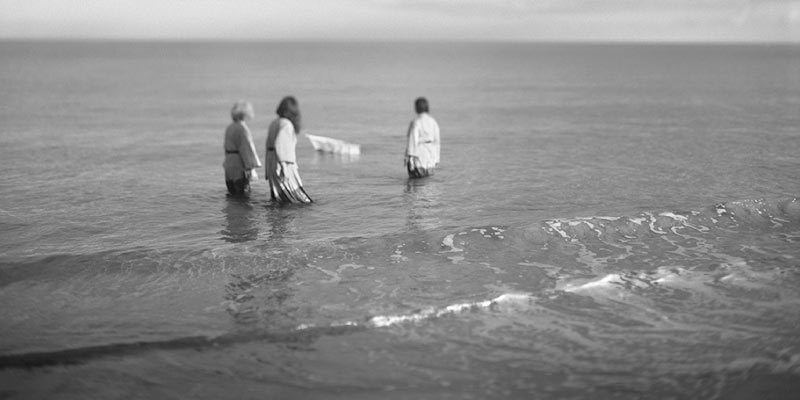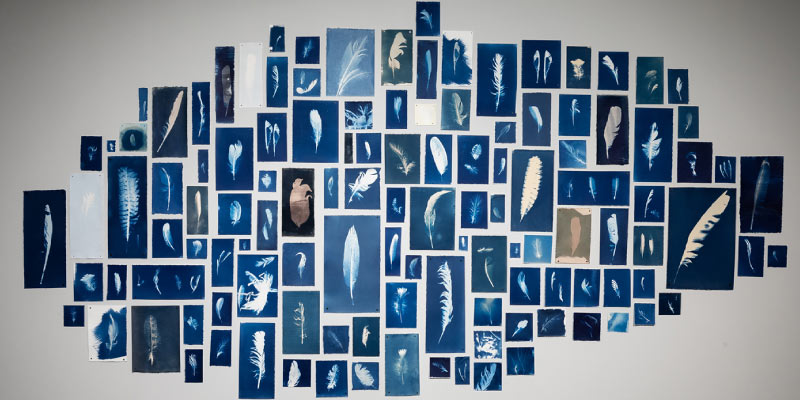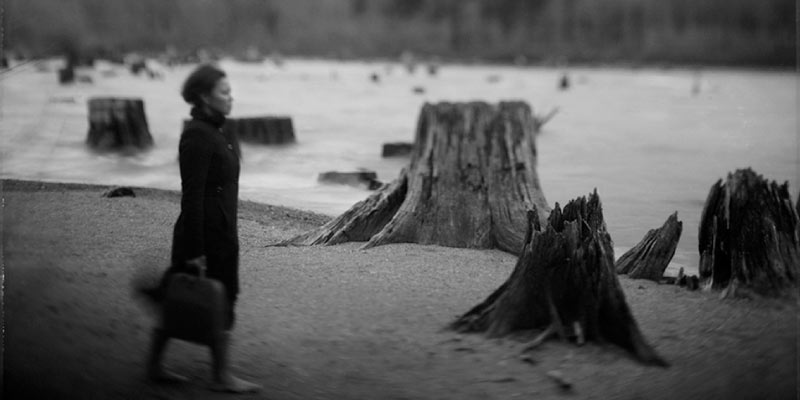
Capturing the beautiful, dynamic, and sometimes sorrowful moments nature has to offer is no easy feat and takes a careful eye. The woman behind the lens, Tomiko Jones, is an assistant professor of photography who explores the geography of changing landscapes. “I’ve been a strong visual observer since I was a kid, getting my first camera when I was nine years old… (In college,) I initially started documenting the devastation of the old-growth forest in the Pacific Northwest, which was extremely heartbreaking as a person who loved to walk amongst the giant trees. I would be out with my film camera photographing the clear cuts and destruction. Witnessing that destruction led me in my early days to environmental activism.”
Although she spent many years in a freelance business in her home region of the Pacific Northwest, Hawai’i and Japan, Jones eventually made her way to Madison for a teaching position, hoping to further share her love for photography with others. “I lived in Seattle for 15 years and contributed to the community through volunteer work while pursuing my photography career. I always enjoyed sharing knowledge and empowering people to use the camera and find their vision… That’s how education became important to me, it was fulfilling to share what I know and love with people who wanted to learn. Knowing that there’s the possibility to influence future generations by supporting them felt more important than any client job I could take on.”

About her teaching experience
“One of the great strengths of the Art Department is the graduate program. We have students across all disciplines, and there is an opportunity to have one-on-one connections in concept and professional development, technique, and process. I teach at all levels, in both the undergraduate and graduate program. With undergraduate students, I love teaching the beginning film class because so much magic can happen in the darkroom. My first year here (2018) I designed a place-based Special Topics course, taking Madison as the subject (Site-Specific Investigation: Madison). We started on campus with the UW-Madison First Nations Cultural Landscape Tour, followed by a guided tour of the State Capitol building, linking land to state, and looking at seats of power. We visited the Wisconsin Historical Society and looked at archival images of the university. This past fall, I designed another Special Topics course, Photography Expanded, a course that introduced 19th-century photographic processes. This type of practice makes us slow down and think intentionally about everything you’re making. It’s very hands-on, and that physical involvement with the tools is something I enjoy teaching.”

An impactful moment from her teaching career
“During Covid, right in the beginning of March 2020, things moved so quickly. We were in the darkroom one day, then isolated the next. I created at home assignments that allowed me to connect with my students. I sent them on photographic missions, even if it was just to explore the next room over or to step outside for a walking exercise with their camera. I encouraged students to engage with the spaces they were in. Since it was spring, I created assignments working on site, such as making cyanotypes (sun prints). We also just spent time talking with one another and creating a community despite being online. I was moved by how resilient and supportive of one another the students were.”
Her take on capturing the changes of nature through a lens
“Much of my work is place-based and responds to being in a given environment, places I have a deep connection with. My work illuminates the beauty of sites where there has been change: environmental, cultural, historical, political. Spending time in these places bring me joy, but it can also be heartbreaking when you see the big picture of climate change, species extinction, resource extraction, or disregard by other humans . The Instagram effect of popularizing places and increased motorized tourism has had an immeasurable impact on public lands and “wild” places. Many people turn to nature seeking healing and solace, so I ask, “What do we return to nature in response?”

About her project “These Grand Places”
“I started this project in San Francisco during a year-long residency looking at drought and sea-level rise, twin-crises of too much and too little. During that time, a new president was elected, and the Department of the Interior sought to review public land for reduction, privatization, and further permitting of resource use. There were 23 public monuments and parks on that initial list under review and I had spent time in almost all of them. So many of them were close to my heart, which prompted me to think about how I can investigate the situation. I wanted to use photography to illuminate these places, connect to the people on the land and consider the challenges of these sites without creating a loss narrative, and find strength in individual stories told upon vast landscapes. The research support at UW-Madison has greatly helped me move this project forward, from building a mobile research studio (MRS), input from experts in other disciplines, individualized feedback on works in progress, to attending workshops.
About her favorite photographing styles
“In the past, I often used myself in my work. Sometimes I stand in as an element of humanity, at others as an embodiment of place, in a loose form of communication between person and place. I photograph in, on and near water, responding to the atmospheric light conditions to create meaning. In my most recent work, it sometimes feels absent to not have a person in the photo, but perhaps that absence is a good thing.”